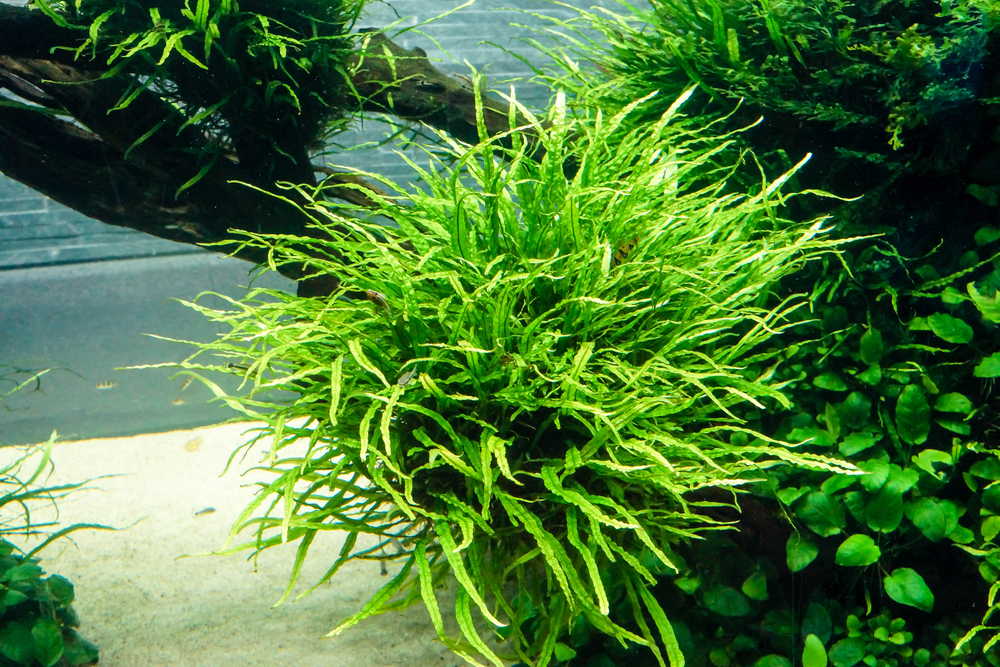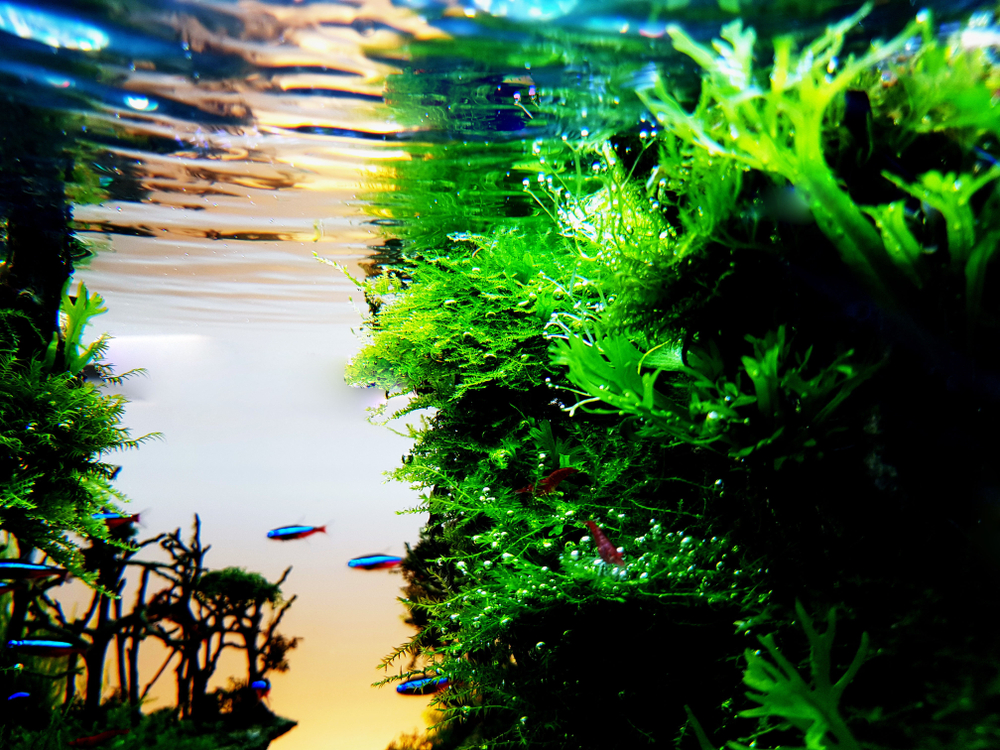When thinking about ferns, you might picture a particular type of this stunning and lush plant. However, there are several fern species, each with different characteristics. Among them, there is the aquatic Java fern.
Many people use this variety in their aquariums as it contributes to adding volume, texture, and a tropical look to many landscapes. Plus, it is affordable and easy to grow, making it the ideal option for most people, especially those without much time on their hands.
But can java fern grow out of water? And if yes, how much humidity does it need to thrive? You can find answers to these questions (and much more) in this essential guide. Keep reading if you ever considered growing this unique-looking plant outside your aquarium.
Will Java Fern Survive Outside The Water?
To keep the story short, yes: you can grow java ferns out of the water. Indeed, thanks to its versatility and hardiness, this plant can survive a variety of conditions. While most people prefer having it submerged in water, the truth is that this plant can also thrive out of a liquid medium.
However, it is also true that the java fern needs plenty of moisture and humidity to live. Indeed, you must pay attention to its rhizomes, which should stay in contact with water.
To learn more about how to plant a java fern, jump to the following section, where we included information regarding the necessary amounts of water and humidity.
How to Grow Java Ferns Outside the Water
To begin with, you must never bury your Java fern in the wet soil. Doing so will prevent your plant from absorbing nutrients. Eventually, this might result in root rotting. For best results, you should keep humidity at about 80%.
Since more homes usually have 35 to 45 % humidity, you might have to get a humidifier, mist your plant’s leaves frequently, and consider getting a pebble tray to increase water retention.
Java ferns are epiphytic, meaning they don’t need soil to live. Such a characteristic allows you to grow them inside pieces of wood in an aquarium. If you decide to plant them out of the water, keep them moist and pick an alkaline substrate.
Also, don’t forge to expose these plants to adequate lighting and temperatures. These ferns don’t require the application of fertilizers, but they need nutrients to thrive. Do a soil test and make the necessary amendments if you notice any deficiencies.

